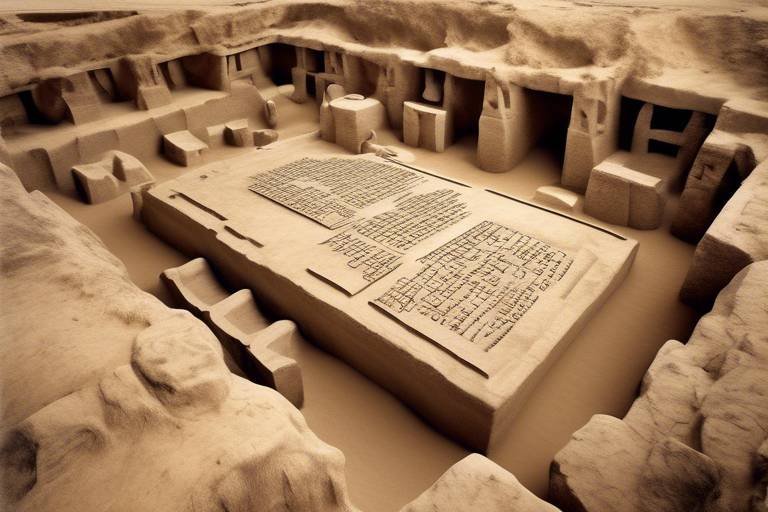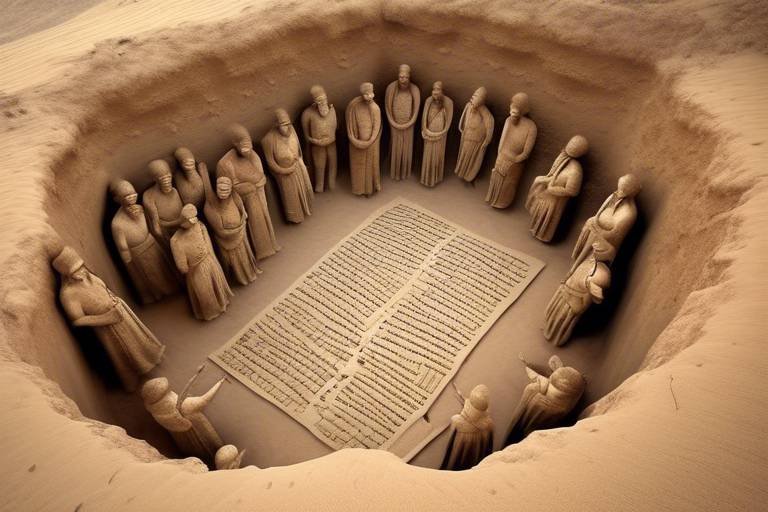The Impact of Gender on Archaeological Methodology
Gender plays a crucial role in shaping the methodologies employed in archaeology, influencing every aspect of the research process. From the initial formulation of research questions to the interpretation of artifacts, gender biases have a profound impact on how archaeologists approach and understand the past. By examining the role of gender in archaeological practices, we can uncover the complexities and nuances that shape our knowledge of ancient societies.
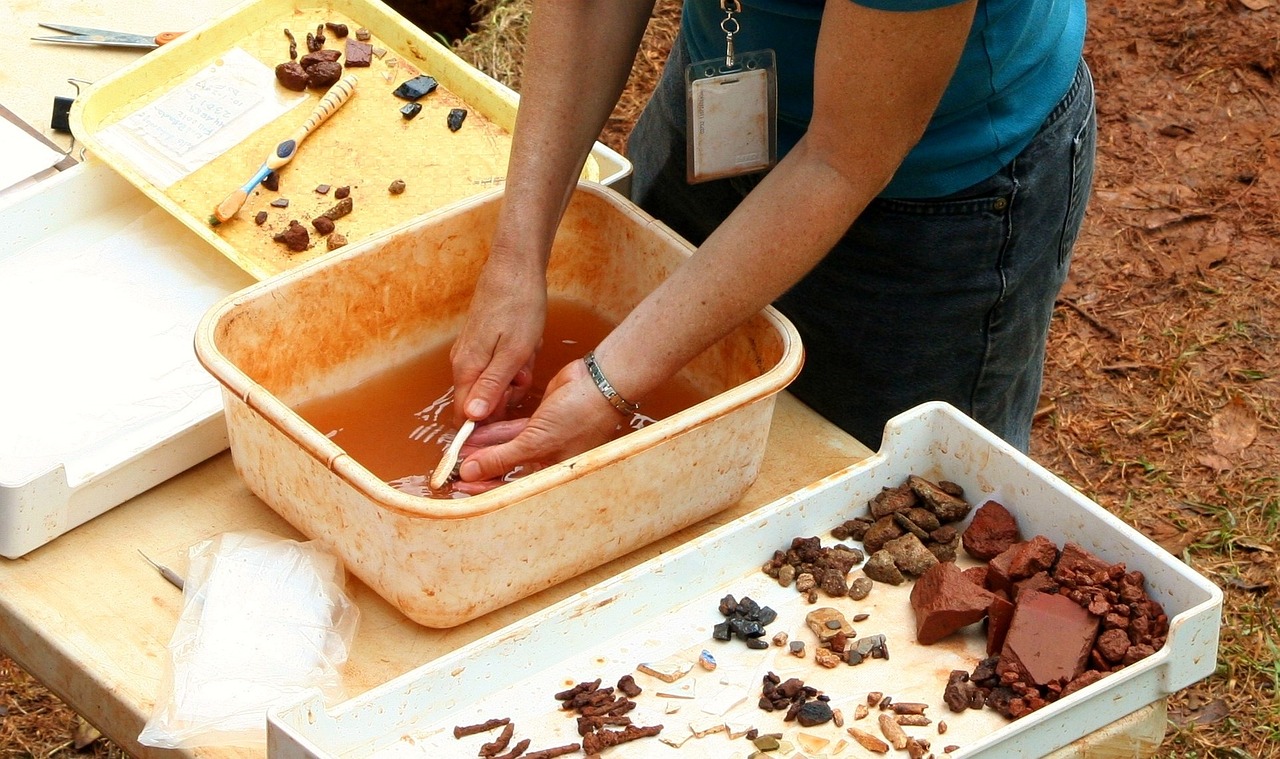
Gender Bias in Research Questions
When it comes to archaeological research questions, the influence of gender biases cannot be overlooked. These biases have a profound impact on the direction of inquiries, often shaping what aspects of past societies are prioritized while neglecting others. Imagine a research landscape where certain questions are favored over others simply due to preconceived notions related to gender. This phenomenon not only limits the scope of archaeological investigations but also skews our understanding of history itself.
Consider a scenario where research questions are framed in a way that predominantly focuses on the roles and contributions of men in ancient societies, while downplaying or even ignoring the experiences and activities of women. This skewed perspective can result in incomplete narratives that fail to capture the full complexity of past cultures. By acknowledging and addressing gender biases in research questions, archaeologists can strive for a more comprehensive and inclusive understanding of the past.
Moreover, the impact of gender biases in research questions extends beyond academic curiosity. It influences the allocation of resources, the selection of excavation sites, and the interpretation of findings. By critically examining and challenging these biases, archaeologists can pave the way for more balanced and nuanced explorations of our shared heritage.

Fieldwork Challenges Faced by Women
Gender plays a significant role in shaping archaeological practices, from fieldwork to interpretation. This article explores how gender biases influence research questions, excavation techniques, artifact analysis, and the overall understanding of past societies.
Fieldwork in archaeology presents unique challenges for women, impacting their experiences and opportunities in the field. Safety concerns, access to resources, and gender dynamics within excavation teams can all influence the participation and success of female archaeologists.
Women often face obstacles in accessing necessary facilities, such as appropriate restroom facilities or changing areas, which can affect their comfort and safety during fieldwork. Additionally, the physical demands of excavation work may pose challenges for some women, requiring accommodations or adjustments to ensure inclusivity.
Moreover, gender biases and stereotypes can impact how women are perceived and treated in fieldwork settings, potentially leading to exclusion or marginalization. Strategies for promoting inclusivity in fieldwork involve creating supportive environments, addressing gender-based discrimination, and providing equal opportunities for all team members.
1. How do gender biases influence archaeological research?
2. What are some strategies for promoting gender diversity in fieldwork?
3. Why is it important to consider gender dynamics in site formation analysis?
4. How can artifact analysis reveal insights into past gender roles?
5. What are the future directions for gender-inclusive archaeological methodology?

Interpretation of Artifacts through a Gendered Lens
When examining artifacts in archaeology, it is crucial to consider the gendered lens through which they are interpreted. Artifacts hold valuable insights into the lives and practices of past societies, but these interpretations can be heavily influenced by gender perspectives. By analyzing artifacts through a gendered lens, archaeologists can uncover nuanced details about the roles, identities, and power dynamics of individuals within these ancient communities.
For example, the analysis of burial goods in tombs may reveal gender-specific items or differences in the treatment of male and female individuals in death rituals. Pottery styles, tools, and jewelry can also provide clues about the division of labor, social status, and symbolic meanings associated with gender roles in a particular society. By examining artifacts through a gendered lens, archaeologists can challenge traditional interpretations and offer more inclusive narratives that reflect the diverse experiences of individuals in the past.
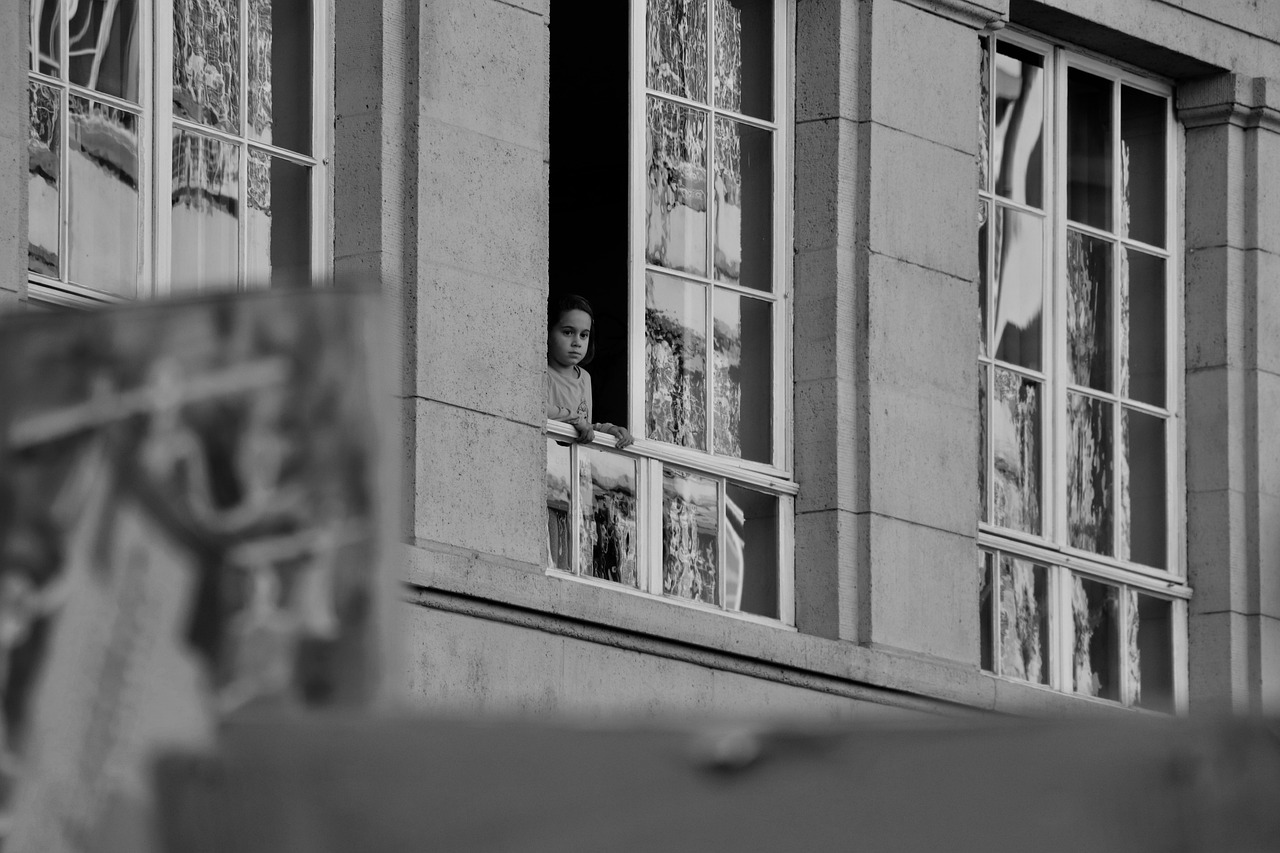
Representation of Women in Archaeological Narratives
Representation of women in archaeological narratives has long been a subject of debate and scrutiny within the field. Historically, women have often been sidelined or portrayed in limited roles in interpretations of the past. This lack of representation not only skews our understanding of ancient societies but also perpetuates gender biases in archaeological research.
Efforts to rectify this imbalance have led to a growing recognition of the need to amplify the voices and experiences of women in archaeological studies. By incorporating diverse gender perspectives, researchers can uncover hidden stories, perspectives, and contributions of women in shaping past societies.
One approach to enhancing the representation of women in archaeological narratives is through collaborative research projects that specifically focus on gender dynamics. These projects aim to reexamine existing archaeological data through a gendered lens, highlighting the roles and agency of women in different cultural contexts.
Furthermore, the inclusion of women's perspectives in artifact analysis is crucial for developing more comprehensive interpretations of material culture. By acknowledging the diverse ways in which gender intersects with social, economic, and political aspects of ancient societies, researchers can create more nuanced and inclusive narratives.
It is essential for archaeologists to move beyond traditional gender stereotypes and embrace a more holistic approach to studying the past. By actively seeking out and incorporating diverse voices, especially those of women, archaeological narratives can become richer, more accurate, and reflective of the true complexity of human societies.
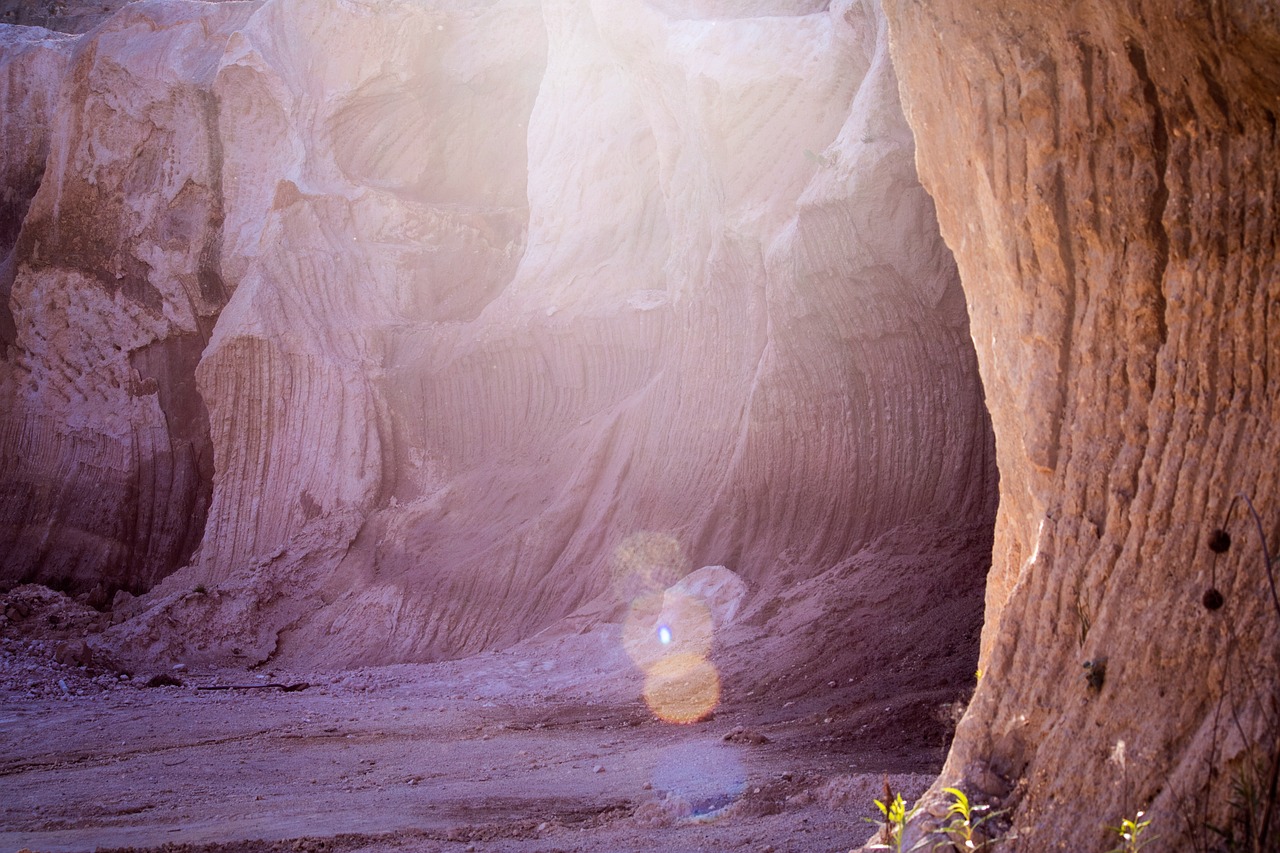
Gender and Site Formation Processes
Gender dynamics play a crucial role in the formation processes of archaeological sites, influencing the preservation and stratigraphy of these sites. When considering gender in site formation analysis, archaeologists can uncover a more nuanced understanding of the past. For example, the activities and behaviors of different genders within a society may lead to distinct patterns of artifact deposition and site use. By examining how gender roles and divisions impacted the spatial organization of sites, researchers can reconstruct social dynamics and power structures within ancient communities.
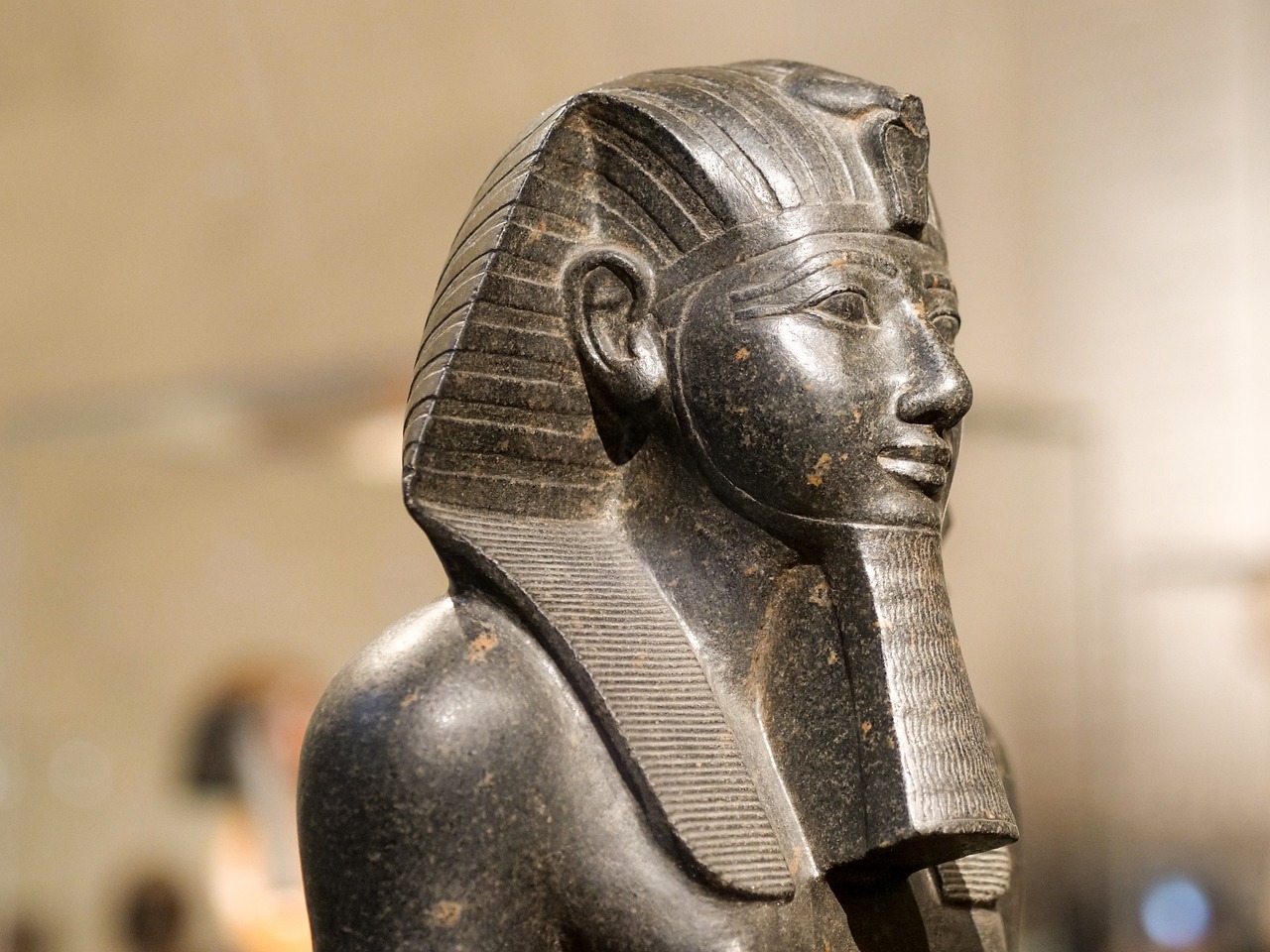
Gendered Approaches to Artifact Analysis
When it comes to artifact analysis in archaeology, adopting gendered approaches can offer valuable insights into the social structures, roles, and interactions within past societies. By examining artifacts through a gender lens, researchers can uncover nuanced details about the division of labor, power dynamics, and cultural practices that may have been influenced by gender norms.
One common method used in gendered artifact analysis is the identification of gender-specific items or activities. For example, certain types of tools or adornments may be associated with either male or female individuals based on historical evidence or ethnographic parallels. By categorizing artifacts in this way, researchers can begin to piece together a more comprehensive understanding of how gender influenced daily life in ancient communities.
Moreover, the spatial distribution of artifacts within archaeological sites can also provide clues about gendered activities and social organization. By examining the placement of items such as cooking utensils, personal adornments, or tools within domestic or ritual spaces, archaeologists can infer patterns of use and access that may be linked to gender roles within the society under study.
Additionally, the analysis of burials and funerary practices can offer significant insights into gender identities and social hierarchies. Grave goods, burial positions, and accompanying rituals can all reflect the cultural beliefs and values associated with gender in a particular community. By comparing the treatment of male, female, and non-binary individuals in burial contexts, researchers can unravel complex narratives about gender norms and expressions in the past.
Overall, incorporating gendered approaches into artifact analysis enriches archaeological interpretations by highlighting the diverse experiences and contributions of different members of ancient societies. By recognizing the role of gender in shaping material culture and social dynamics, researchers can construct more holistic narratives that capture the complexities of human behavior and relationships throughout history.

Gender Diversity in Archaeological Interpretations
Gender diversity in archaeological interpretations is crucial for presenting a comprehensive and accurate picture of past societies. By incorporating diverse gender perspectives, archaeologists can challenge traditional narratives and uncover hidden stories that have been overlooked or marginalized. Through a gender-diverse lens, researchers can explore the multifaceted roles and experiences of individuals in ancient civilizations, shedding light on aspects of society that were previously neglected.
When examining archaeological evidence, it is essential to consider how gender dynamics may have influenced the creation, use, and interpretation of artifacts. By adopting a gender-sensitive approach to artifact analysis, researchers can uncover nuances in social structures, power relations, and cultural practices that may have been shaped by gender norms. This inclusive methodology allows for a more nuanced understanding of past societies, moving beyond simplistic interpretations to reveal the complexity of human experiences.
Furthermore, promoting gender diversity in archaeological interpretations fosters a more inclusive and equitable field of study. By amplifying the voices and contributions of individuals who have been historically marginalized, archaeologists can challenge biases and stereotypes that have shaped traditional narratives. This approach not only enriches our understanding of the past but also ensures that diverse perspectives are represented in scholarly discussions and publications.
By embracing gender diversity in archaeological interpretations, researchers can create a more holistic and nuanced picture of ancient societies, highlighting the varied experiences and roles of individuals across different genders. This inclusive approach not only enriches our understanding of the past but also paves the way for a more equitable and diverse archaeological practice.
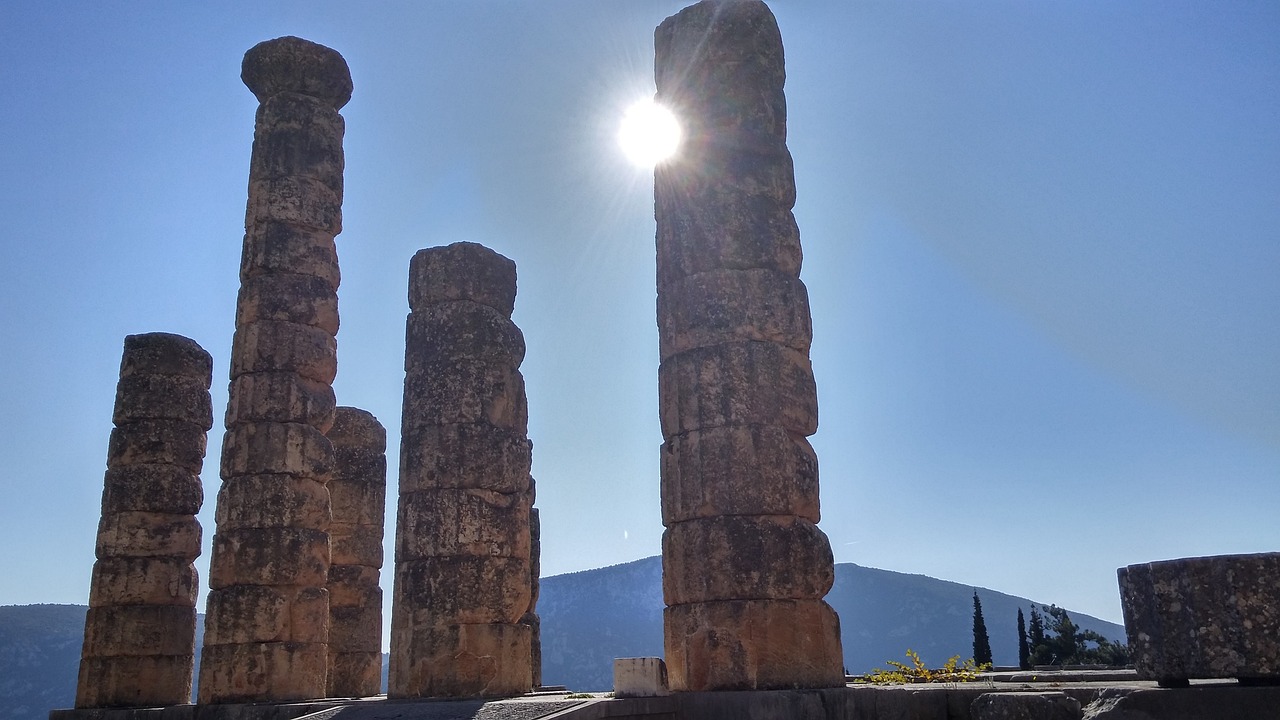
Future Directions for Gender-Inclusive Archaeological Methodology
Gender plays a significant role in shaping archaeological practices, from fieldwork to interpretation. This article explores how gender biases influence research questions, excavation techniques, artifact analysis, and the overall understanding of past societies.
Advancing gender-inclusive archaeological methodology requires ongoing efforts to address biases, promote diversity, and ensure equitable opportunities for all researchers. One key direction is the implementation of training programs that raise awareness about gender biases in archaeological practices. By educating researchers about the importance of incorporating diverse gender perspectives, the field can move towards a more inclusive and representative interpretation of the past.
Additionally, fostering collaboration between archaeologists from diverse backgrounds can enhance the sensitivity to gender issues in research. Encouraging interdisciplinary approaches that incorporate gender studies, anthropology, and sociology can provide a more holistic understanding of past societies and their gender dynamics.
Furthermore, promoting the publication of research that highlights gender diversity in archaeological interpretations is crucial. Journals and academic platforms can play a significant role in amplifying marginalized voices and promoting gender-inclusive narratives. By creating spaces for diverse perspectives, the archaeological community can work towards a more balanced and comprehensive portrayal of the past.
Frequently Asked Questions
- What role does gender play in archaeological methodology?
Gender plays a significant role in shaping archaeological practices, influencing research questions, excavation techniques, artifact analysis, and the overall understanding of past societies.
- How do gender biases impact research questions in archaeology?
Gender biases in research questions often lead to a focus on certain aspects of society while neglecting others, shaping the direction of archaeological inquiries.
- What challenges do female archaeologists face during fieldwork?
Female archaeologists face unique challenges during fieldwork, including safety concerns and access to resources, impacting fieldwork practices.
- Why is it important to interpret artifacts through a gendered lens?
Interpreting artifacts through a gendered lens is crucial as it influences the narratives constructed about past societies, shaping our understanding of material culture in archaeology.
- How have women been historically represented in archaeological narratives?
Historically, women have been marginalized or overlooked in archaeological narratives, impacting our understanding of past societies and the experiences of women in history.
- How can gender diversity improve archaeological interpretations?
Promoting gender diversity in archaeological interpretations is essential for creating more inclusive and accurate narratives about the past, incorporating diverse gender perspectives in research and publications.
- What are the future directions for gender-inclusive archaeological methodology?
Advancing gender-inclusive archaeological methodology requires ongoing efforts to address biases, promote diversity, and ensure equitable opportunities for all researchers, with potential strategies and recommendations outlined for a more inclusive practice.










